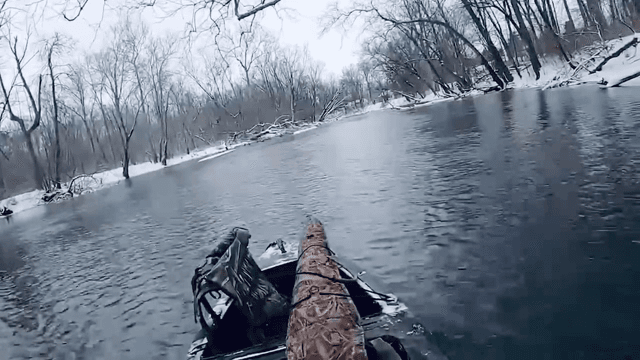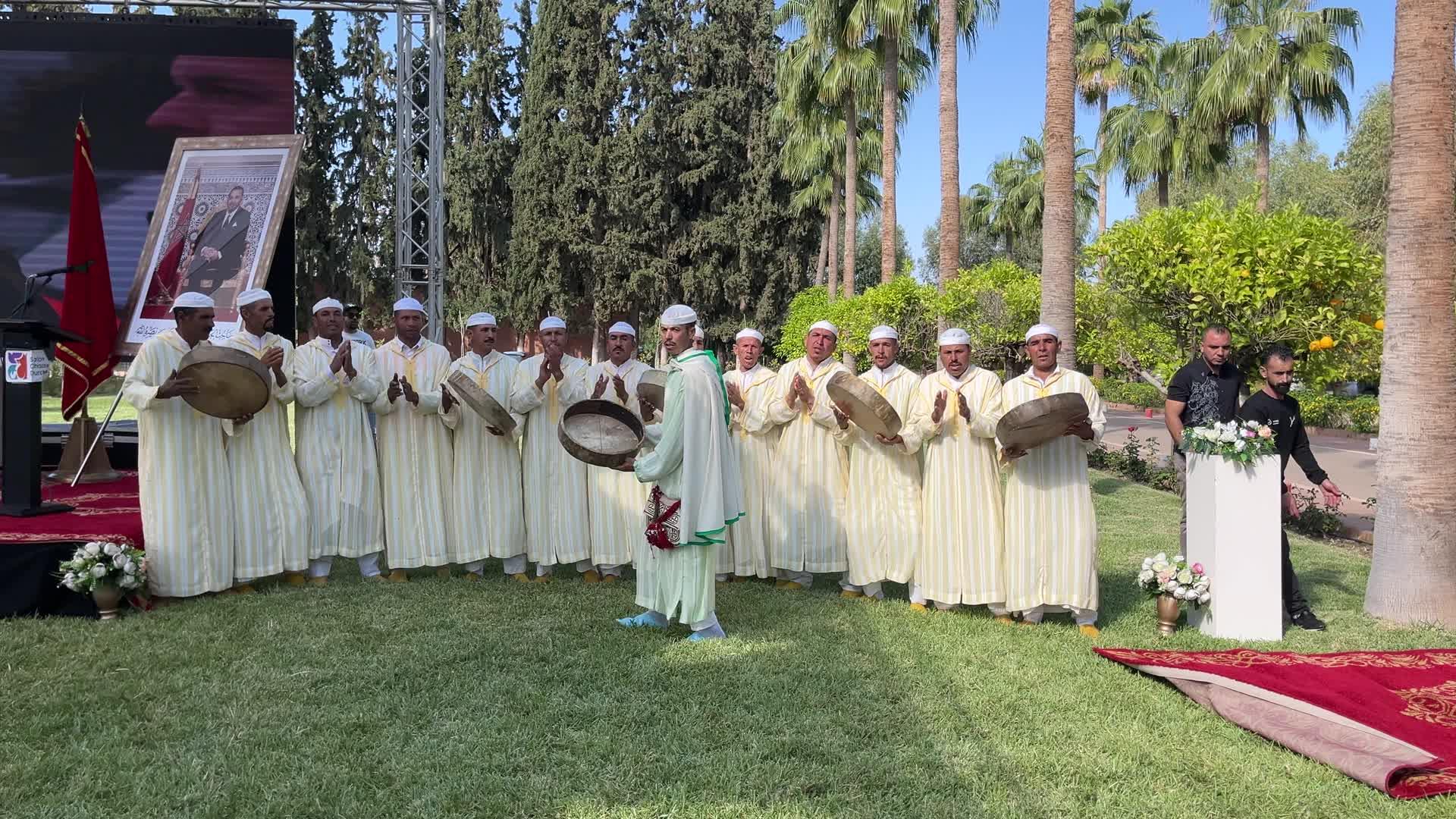
Ouverture de la saison de chasse 2025 à Béni Mellal-Khénifra : réglementation, biodiversité et développement durable 📅 Lancement officiel de la saison La saison de chasse 2024–2025 a été officiellement lancée le 6 octobre 2024 dans la région de Béni Mellal-Khénifra. Toutes les espèces de gibier sont désormais autorisées à la chasse, à l’exception de la tourterelle, dont la période de chasse débutera le 26 juillet 2025. Dans la zone amodiée de Harcha, commune rurale de Zaouiat Oum El Bakht, les chasseurs se sont réunis pour reprendre leurs activités dans le respect des lois en vigueur. Les autorités de l’Agence Nationale des Eaux et Forêts (ANEF) ont vérifié les documents obligatoires : permis de chasse, autorisation de port d’armes, assurance, licences et carte d’adhésion à la Fédération Royale Marocaine de Chasse. --- 🧾 Quotas de prélèvement et cadre légal Conformément à l’arrêté ministériel, chaque chasseur est autorisé à prélever par jour : • 4 perdrix • 1 lièvre • 5 lapins Ces limites visent à préserver les populations animales tout en permettant une pratique durable de la chasse. --- 🌿 Sensibilisation et protection de l’environnement Mohamed Zouhri, Directeur Provincial de l’ANEF, a mis en avant la richesse écologique de la région et l’importance de préserver ses ressources cynégétiques. Des campagnes de sensibilisation ont été lancées pour promouvoir : • Une chasse responsable • Le respect des habitats naturels • La lutte contre le braconnage Les chasseurs sont également encouragés à s’organiser en associations et sociétés cynégétiques, favorisant une meilleure gestion collective. --- 📍 Territoires de chasse et réserves naturelles La région compte actuellement 46 lots de chasse répartis sur 149 664 hectares dans les provinces de Béni Mellal et Fkih Ben Salah. Les amodiataires participent activement à l’aménagement des territoires via : • La création de points d’eau • Le lâcher de gibier • L’entretien des zones de chasse Pour renforcer la biodiversité, 11 réserves permanentes (83 528 ha) et 13 réserves temporaires (668 476 ha) ont été établies. --- 🐗 Régulation du sanglier et lutte contre le braconnage Un programme de régulation du sanglier a été mis en place dans 11 zones critiques. Lors de la saison précédente (2023–2024), 47 battues ont permis de prélever 266 sangliers. Par ailleurs, 14 procès-verbaux ont été dressés pour infractions liées au braconnage. --- 📊 Statistiques de la saison 2023–2024 • Taux moyen de perdrix abattues par chasseur :• 1,94 dans les lots amodiés • 1,29 dans les zones libres • Sangliers abattus :• 266 lors de 47 battues • Infractions constatées :• 14 PV pour braconnage --- 💼 Impact économique et touristique La chasse contribue activement au développement local dans les provinces de Béni Mellal et Fkih Ben Salah. Elle favorise : • La création d’emplois ruraux • Le tourisme cynégétique • L’amélioration des infrastructures écologiques La région, riche en paysages naturels et en biodiversité, s’impose comme une destination incontournable pour les amateurs de chasse durable. En mai 2025, la région a accueilli le Salon de la Chasse et de la Pêche Durables, un événement majeur organisé par le Conseil Régional du Tourisme en partenariat avec l’Agence Nationale des Eaux et Forêts et l’Office National Marocain du Tourisme. Ce salon, tenu du 12 au 15 mai, a mis en lumière les pratiques cynégétiques responsables, telles que la chasse à l’arc et la pêche no-kill, tout en promouvant la préservation des écosystèmes locaux. Des démonstrations pratiques, des ateliers thématiques et des panels sur les enjeux environnementaux ont permis de sensibiliser les participants à l’importance d’une chasse durable. La région de Béni Mellal-Khénifra, riche en biodiversité et en paysages naturels, continue de se positionner comme une destination de choix pour les amateurs de chasse et de pêche. Grâce à ses réserves naturelles, ses lots de chasse aménagés, et ses campagnes de sensibilisation, elle incarne une approche moderne de la gestion cynégétique. Les autorités locales encouragent la synergie entre acteurs régionaux et internationaux, afin de renforcer l’attractivité touristique tout en garantissant la conservation des espèces et des habitats --- 🧭 Conclusion L’ouverture de la saison de chasse 2025 à Béni Mellal-Khénifra incarne une approche équilibrée entre passion cynégétique, respect de l’environnement et développement territorial. Grâce à une réglementation stricte, des infrastructures adaptées et une volonté de préservation, la région offre une expérience de chasse authentique et responsable. https://m.uh.app/news/arrete-de-chasse-au-maroc-2025-larrete-annuel-de-la-chasse-au-maroc_SCcX8NfsEe-vd_OME5A4cg
Post: 21 January 15:32












































